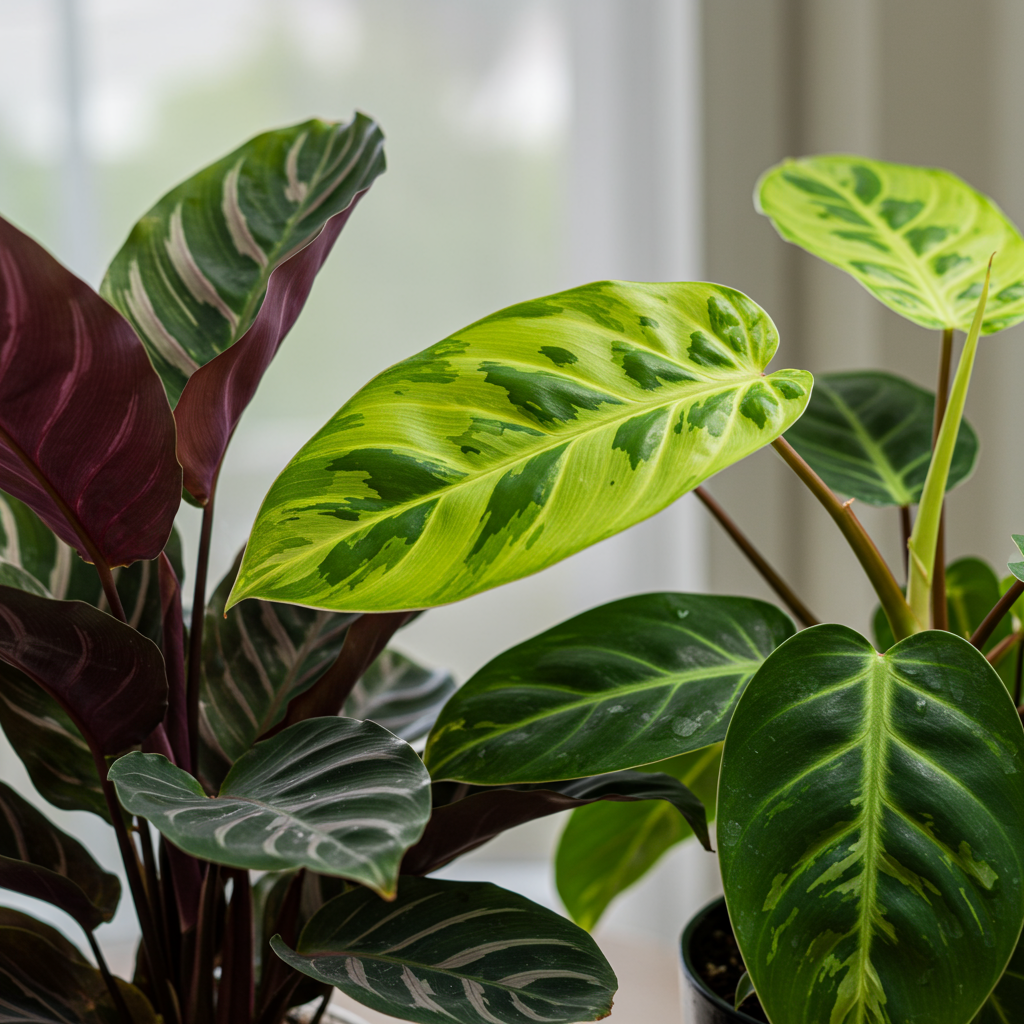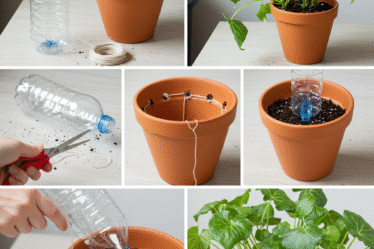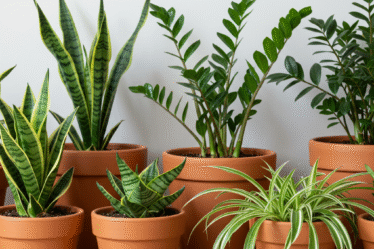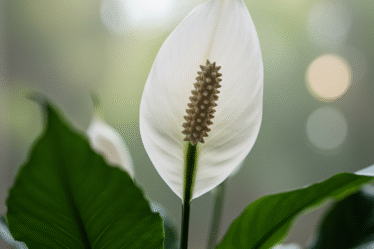
The mesmerizing beauty of variegated leaves, splashed with unexpected hues of cream, yellow, pink, or even deep purple, has captivated plant enthusiasts for centuries. These unique specimens, prized for their artistic patterns, add a touch of drama and elegance to any indoor or outdoor space. But what exactly causes this captivating display, and how can you successfully cultivate these botanical masterpieces?
Variegation arises from a lack of chlorophyll, the green pigment responsible for photosynthesis, in certain sections of the leaf. This deficiency can be caused by a variety of factors, including genetic mutations, viral infections, or even environmental stressors. The resulting patterns, ranging from delicate speckles to bold stripes and marbling, are as diverse as the plant kingdom itself.
Caring for variegated plants requires a nuanced understanding of their specific needs. Since they have less chlorophyll, they photosynthesize less efficiently than their fully green counterparts. This means they generally require brighter, indirect light to thrive. However, excessive direct sunlight can scorch the delicate, often lighter-colored sections of the leaf. Finding the perfect balance of illumination is crucial for optimal growth.
Watering also requires careful consideration. While the specifics vary depending on the plant species, it’s generally advisable to allow the soil to dry out slightly between waterings. Overwatering can lead to root rot, a common problem that can quickly decimate these prized plants. Equally important is proper drainage. A well-draining potting mix is essential to prevent waterlogged soil and ensure healthy root development. Furthermore, regular fertilization during the growing season with a balanced, diluted fertilizer can help support robust growth and vibrant coloration.
Temperature and humidity play a significant role in the well-being of variegated plants. Many popular variegated species originate from tropical or subtropical regions and therefore prefer warmer temperatures and higher humidity levels. Protecting them from cold drafts and providing supplemental humidity, especially during dry winter months, can be beneficial. Regularly wiping down the leaves with a damp cloth can also help remove dust and improve their ability to absorb light.
Finally, pruning can be a valuable tool for maintaining the shape and vigor of your variegated plants. Removing any dead or damaged leaves not only improves the plant’s aesthetic appeal but also helps prevent the spread of diseases. Additionally, strategic pruning can encourage bushier growth and promote the development of more variegated foliage.
Cultivating variegated plants can be a rewarding experience, offering a unique opportunity to appreciate the artistry of nature. By understanding their specific needs and providing the right environment, you can unlock the full potential of these captivating botanical gems and enjoy their stunning beauty for years to come.



